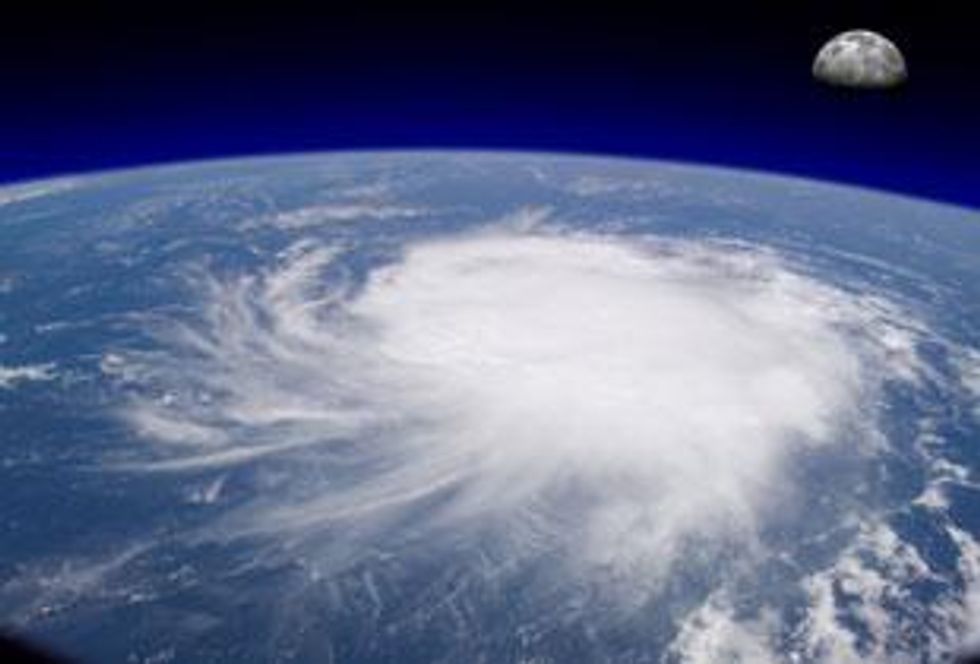Gas Price Levers Driven by Investor, Environmental and Weather Concerns
Moving away from more traditional supply and demand side fundamentals, gas prices and the costs of production may increasingly be leveraged by oversight, share holder accountability, and seasonal meteorology.
Green Century Capital Management, a pro-environmental investment fund has released a study that found 12 energy companies this spring faced shareholder resolutions calling for better safeguards against environmental damage from hydraulic fracturing, a drilling technique for natural gas in shale formations that critics say contaminates ground water.
The study comes closely on the heels of British Petroleum’s (NYSE: BP) massive oil spill and underscores concerns about the environmental oversight and safety of drilling, leading investors to demand assurances from energy companies and prompting federal and state lawmakers to call for tighter restrictions on the booming industry.
At a regional level, local officials are urging stricter regulation after reports that hydraulic fracturing, also known as “fracking,” has caused undrinkable water, human sickness, and even animal fatalities. Many companies and industry analysts disregard these environmental claims, suggesting the evidence has failed to show a correlation between fracking and health.
Some investors are concerned enough to ask companies to go beyond the standards required by regulators in safeguarding environmental issues. In the recent study, shareholders representing a range from 21 percent to 42 percent of market capitalization have backed pro-environmental resolutions, a significant rise from the historic norm of 5 to 7 percent.
Short-Term Energy Outlook
The Energy Information Administration (EIA) is expecting natural gas production to increase by 1.2 percent this year; however, this may be offset by the most recent hurricane and storm activity forecasts from National Oceanic and Atmospheric Administration (NOAA). With many meteorologists forecasting a considerable increase in storm activity within the Atlantic region this year, production outages will have a strong marginal effect on gas prices.
The Administration forecasts the Henry Hub natural gas spot price to average $4.49 per million Btu this year, a $0.54 increase over the 2009 average. EIA expects the Henry Hub spot price to average $5.06 in 2011, which is down $0.28 from last month’s outlook. Retail sale of electricity to the residential sector from April through September is forecast to grow by 5 percent compared with the same period last year. Total consumption of electricity across all sectors is projected to grow by 3.1 percent during 2010 and by 0.9 percent next year.
Natural Gas Future Contracts and Spot Price Movement
On June 29, Natural gas futures declined 2.2 percent as a result of reduced threats of Tropical Storm Alex’s potential risk to large scale energy infrastructure in the Gulf of Mexico. The storm was expected to make landfall in northern Mexico or southern Texas as a Category 2 hurricane. Below seasonal average temperatures in the Midwest and parts of the Northeast and Great Lakes region from Tuesday to Saturday have also reduced pressure on prices; however, regionally fluctuating forecasts will lead to greater market volatility.
On the supply side of the equation the storage volumes remain abundant, placing further downward pressure on prices. Gas drilling activity in onshore shale-rock formations has led to large injections of the fuel into underground storage facilities. Total gas in U.S. storage as of June 18 was 2.624 trillion cubic feet, about 13.3 percent above the five-year moving average for the same week and 0.5 percent below last year’s level for that week.
In London, the UK wholesale spot gas prices surged more than 10 percent after a leak at the North Sea’s biggest field cut Norwegian gas exports. The sudden news reignited concerns over UK supply with mid term contract concerns over future winter delivery. Britain uses much more gas in winter because two thirds of its homes are heated with the fuel, which is increasingly imported by liquefied natural gas which mainly comes from the North Sea. The recent jump in prices came after gas production at the Troll A, Kvitbebjoern and Visund platforms were shut down after a leak at Troll A.
With help from Assistant Editor Vivien Diniz






